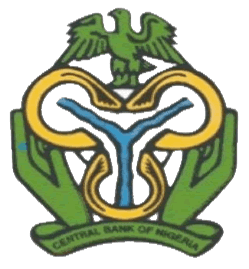Monetary Policy
MPC Mandate of the CBN | Fiscal Policy | Committees | Calendar of Meetings | Educational | FAQ's | Policy Decisions | Policy Communiques | Intl. Economic Cooperations | Monetary Policy Review | Policy Measures | Understanding Monetary Policy Series | Monetary, Credit, Foreign Trade and Exchange policy Guidelines | Monetary Policy Committee Reforms | AfCFTA
The Conduct of Monetary Policy
The Performance of Monetary Policy In 2002
The Central Bank of Nigeria commenced a medium term monetary policy
framework in 2002, with the 2002/2003 monetary policy programme. The primary
objectives of monetary policy in 2002 were to achieve price and exchange rate
stability by minimizing the problem of time inconsistency and over-reaction due
to temporary shocks. In pursuit of these objectives, various policy measures
were outlined in the 2002/2003 policy guidelines. Specifically, the measures
were designed to maintain internal and external balance as well as contribute to
real GDP growth of 5 percent. The main policy thrust of monetary policy were the
reduction of excess liquidity in the banking system; maintenance of exchange
rate stability; sustenance of market based interest rate regime, promotion of
non-inflationary growth; favorable balance of payments position and financial
sector stability.
The performance of monetary policy in 2002 was mixed based on prevailing economic conditions. Broad money (M2) increased by 21.5 percent instead of the target of 15.3 percent and narrow money (M1) rose by 15.9 percent compared with the target of 12.4 percent. Similarly, the amount of bank credit to the domestic economy rose by 56.6 percent as against the 57.9 percent target and credit to the private sector remained low, relative to the programme target. However, bank deposits and lending rates declined, mainly due to the downward review of the Minimum Rediscount Rate (MRR) as well as the impact of moral suasion by the authorities for moderation in bank lending rates. Consequently, the inflation and growth rates were moderate, while the exchange rate was stable and reserves were high enough to finance several months of imports.

 Flickr
Flickr Instagram
Instagram LinkedIn
LinkedIn